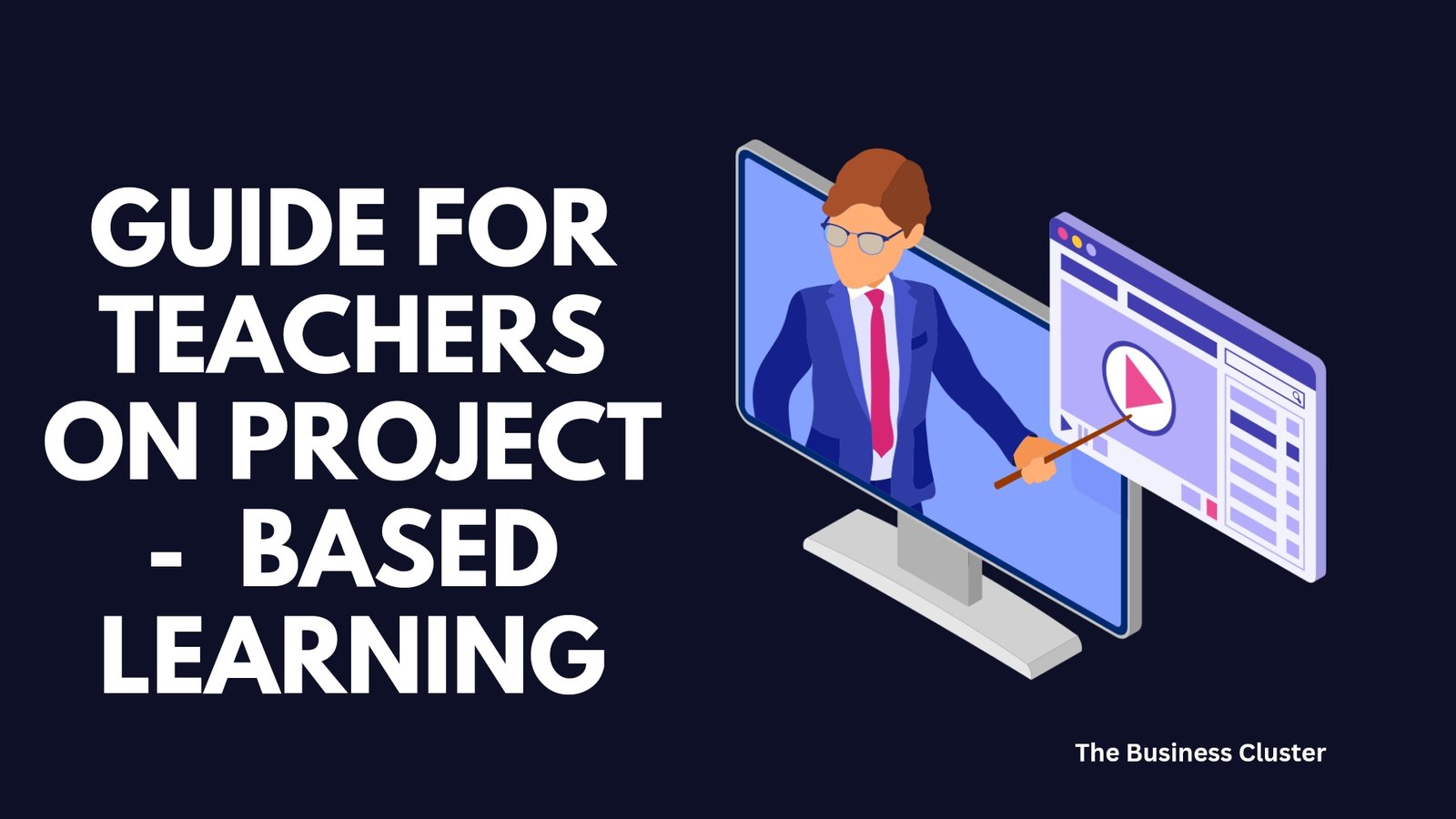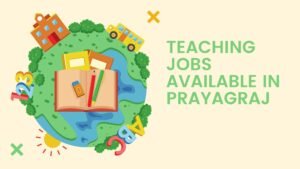Guide for Teachers on Project-Based Learning
Project-Based Learning (PBL) is an exciting and engaging way to teach. It focuses on real-world problems and helps students build critical thinking, collaboration, and problem-solving skills. But, as a teacher, you might wonder how to begin and implement PBL in your classroom. Moreover, this guide will simplify everything for you.
By the end of this blog, you’ll feel ready to try PBL in your teaching journey.
What is Project-Based Learning?
Project-based learning is a student-centered teaching method. Also, It allows students to explore, investigate, and create solutions for real-world problems or challenges. Despite listening to lectures, students actively participate. They ask questions, research, and collaborate to complete a project.
PBL doesn’t just teach students facts. Furthermore, It teaches them how to think, work in teams, and tackle challenges creatively.
Why Should You Try PBL?
- Engagement: Students enjoy hands-on activities.
- Skills: PBL builds essential life skills like teamwork, communication, and problem-solving.
- Flexibility: It works with all subjects and grade levels.
- Real-World Application: Projects connect classroom learning to real-life situations.
Step-by-Step Guide to Project-Based Learning
1. Choose a Project Theme
Start with a question or topic that sparks curiosity. It should be challenging yet achievable. Ask yourself:
- Is the topic meaningful to students?
- Does it connect to real-world issues?
- Can it include multiple subjects?
For example:
- Science: “How can we reduce plastic waste in our school?”
- Social Studies: “What makes a community thrive?”
2. Plan the Learning Goals
Clearly define what students will learn. Focus on skills and knowledge. Use your curriculum standards as a guide.
- What subject areas will the project cover?
- What specific skills will students develop?
3. Design the Project
Break the project into smaller steps. Provide a timeline and resources. Ensure students know the expectations.
- Introduce the project with a story or real-world example.
- Divide tasks into research, planning, creating, and presenting.
4. Facilitate Research and Collaboration
Guide students as they research and collaborate. Group work helps students learn from each other.
- Provide tools like videos, books, and online resources.
- Encourage teamwork and assign roles within groups.
5. Encourage Critical Thinking
Ask open-ended questions like:
- “What do you think will happen if…?”
- “Why do you believe this is the best solution?”
Let students reflect and revise their ideas.
6. Create the Final Product
Students can present their findings in various ways, such as:
- Posters
- Models
- Presentations
- Digital projects
7. Showcase the Work
Celebrate the students’ efforts by sharing their projects. Invite parents, school staff, or the local community to see their work.
8. Reflect and Assess
Help students reflect on their learning. Ask them:
- “What did you learn?”
- “How will you face the challenges?”
- “What could you do differently next time?”
Furthermore, You can click here to read “How to Engage Students in Active Learning?”
PBL Checklist for Teachers
Moreover, Here we have provided a simple checklist to get started with PBL:
- Identify a meaningful project topic.
- Set clear learning goals.
- Break the project into manageable steps.
- Provide resources and tools for research.
- Facilitate teamwork and collaboration.
- Encourage creativity and problem-solving.
- Assess and reflect on the process.
Self-Assessment for Teachers
Before starting PBL, ask yourself:
- Do I fully understand the basic steps of PBL, and am I ready to implement them step by step?
- Am I confident and comfortable guiding students as they collaborate and work in groups?
- Do I have enough resources available, or can I creatively adapt to what’s on hand?
- Can I create a flexible yet structured schedule to ensure the project gets completed on time?
- Finally, how will I assess student learning effectively while also encouraging self-reflection?
If your answers are mostly “yes,” you are ready to begin!
5 FAQs About PBL
1. How long does a PBL activity take?
It can range from a few days to several weeks, depending on the project’s complexity.
2. What if students lose interest?
Keep the topic relevant and exciting. Check in regularly and encourage student input.
3. Can PBL work for all grade levels?
Yes! Tailor the complexity to match your students’ abilities.
4. How do I assess students in PBL?
Use rubrics to evaluate teamwork, creativity, and the final product. Include self-assessments and peer reviews.
5. What if I have limited resources?
Be creative with what you have. Use free online tools, local experts, or simple materials like paper and markers.
Call to Action: Make PBL Part of Your Teaching Today!
Are you ready to transform your teaching with Project-Based Learning? Start small and build from there. Your students will thank you!
Join our special offer for teachers. It’s perfect for teachers who want to take the first step. Click Here to register.
Conclusion: Let’s Recap Together
You’ve learned a lot about PBL today. Now, think about these questions:
- What is your first project idea?
- How can you make it engaging for your students?
Remember, PBL is about making learning fun, meaningful, and hands-on. Start small. Plan your steps. Encourage creativity.
Most importantly, believe in yourself. You can do this! Your students will thrive, and you’ll feel proud as a teacher.
Good luck, and don’t forget to share your PBL experiences with others! Together, we can inspire more meaningful learning in classrooms.


Post Comment